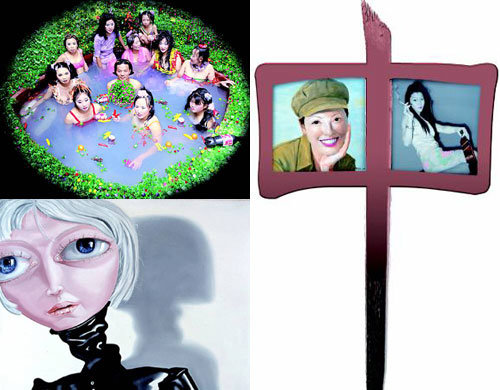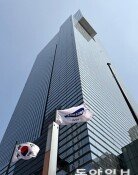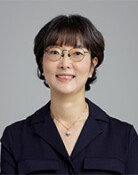Chinese Wind on the Canvas

From China To China-
The Special Exhibition of Chinese Modern Art-GROUNDING REALITY is being held at the Seoul Arts Center located in Seocho-gu, Seoul from November 12 to December 5.
This exhibition, jointly held by the Chinese Art Research Institute (President Jeon Yoon-su) and Gallery Mi (President Lee Nan-young), is a mega scale one showing the current status of Chinese modern art. Being held at the same time as President Hu Jintaos visit to Korea on the occasion of the Busan APEC summit, the exhibition displays 120 works by 25 world-renowned Chinese artists in painting, sculpture, installment art, and photograph.
Large paintings of Chinese women dressed in western style or young women using Chinese communist party uniforms as fashion items and fading Mao Zedongs face shaped like an hourglass show a side of Chinese culture that is rapidly going down the path of capitalism.
Exhibition Director Lee Won-il says, Visitors will be able to feel the dynamism of the 1.5 billion Chinese population including wit, humor, and the great nations tolerance through the works of the younger generation of Chinese artists who are quickly emerging in the global art scene. Admission for adults is 8,000 won, middle and high school students 5,000 won, and elementary students 4,000 won. 02-542-3004.
Meanwhile at the Gallery Café Force in Gwansu-dong, Jongno-gu of Seoul, the exhibition Uncharted Territory introduces photo works of modern Chinese artists until November 30. Photographs of various scenes and peoples expressions of China amidst a massive wave of change are on display. 02-2268-1114.
The Korean art industry is also seeking to enter the Chinese market. President Kim Chang-il of Arario Gallery, a major collector in the art community who recently gained much interest with an unprecedented support measure for young artists, is opening Arario Beijing, the worlds largest gallery, in Beijing on December 10. This gallery, scheduled to open in the newly affluent Wangjing which is being developed in time with Chinas hosting of the Olympics, has a staggering six buildings on a land of about 4,500 pyong. Four buildings will be used as galleries, one as an office, and one as storage.
Kim says, It is true that Chinas art market fell behind others due to a lack of a systematic art culture structure and a lack of understanding for western modern art even though it has a rich history, tradition, and amazing potential. However, the dominating forecast is that Asia, in particular China, will lead the modern art market following the United Kingdom and Germany. (www.arariobeijing.com.)
Making Chinese Art the Major Trend of the Global Art Market-
At the Sotherbys Auction House in Queensway, Hong Kong, an auction of Chinese modern art was held on October 24. It was an uncommon auction with the modern art of a single nation.
With about 300 collectors from not only China but also Hong Kong, the United States, and Europe, the mood in the auction house was feverish as soon as the first of 103 works was introduced. Most items were successfully bid at high prices that were double the expected prices. In particular, the works of the so-called three stars Zhang Xiaogang, Yue Minjun, and Fang Lijun were sold three to four times the expected prices.
President Lee Dong-jae of Artside Gallery, who introduced Chinese art in Korea a decade ago, provided a review on the auction, saying, The global art market has not shown much dynamism. In contrast, the fervor for Chinese art is so hot that it is sometimes viewed as a bubble. The unique artistic style resulting from an amazing speed of economic development and a dynamic social atmosphere, the mysterious aura of selected artists from a population of 1.5 billion, and a unique style never seen before in modern art are winning the hearts of collectors who are looking for something new.
Mun-Myung Huh angelhuh@donga.com
Headline News
- N. Korea launches cyberattacks on S. Korea's defense companies
- Major university hospital professors consider a day off each week
- Italy suffers from fiscal deficits from ‘Super Bonus’ scheme
- Inter Milan secures 20th Serie A title, surpassing AC Milan
- Ruling and opposition prioritize spending amid tax revenue shortfalls







